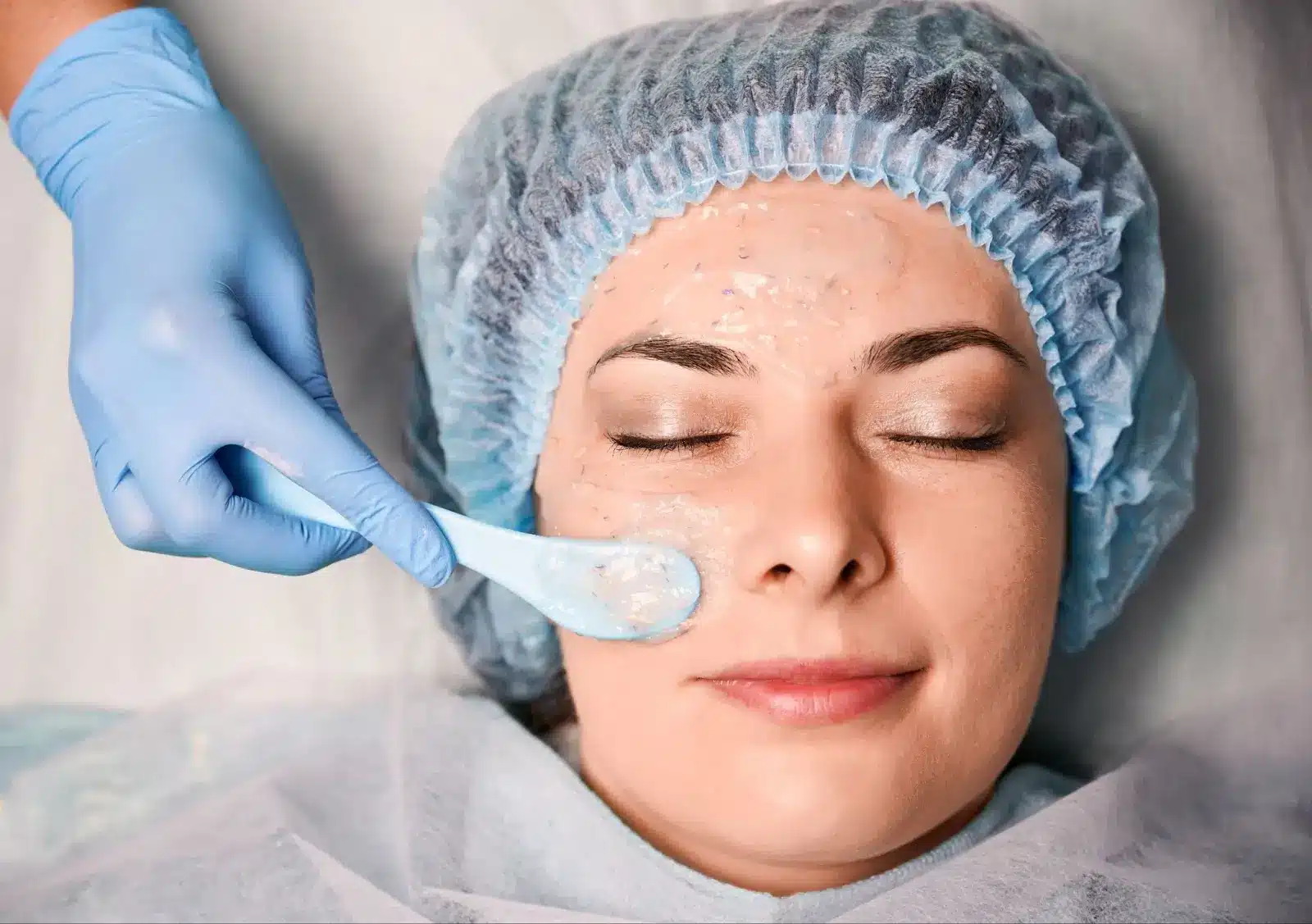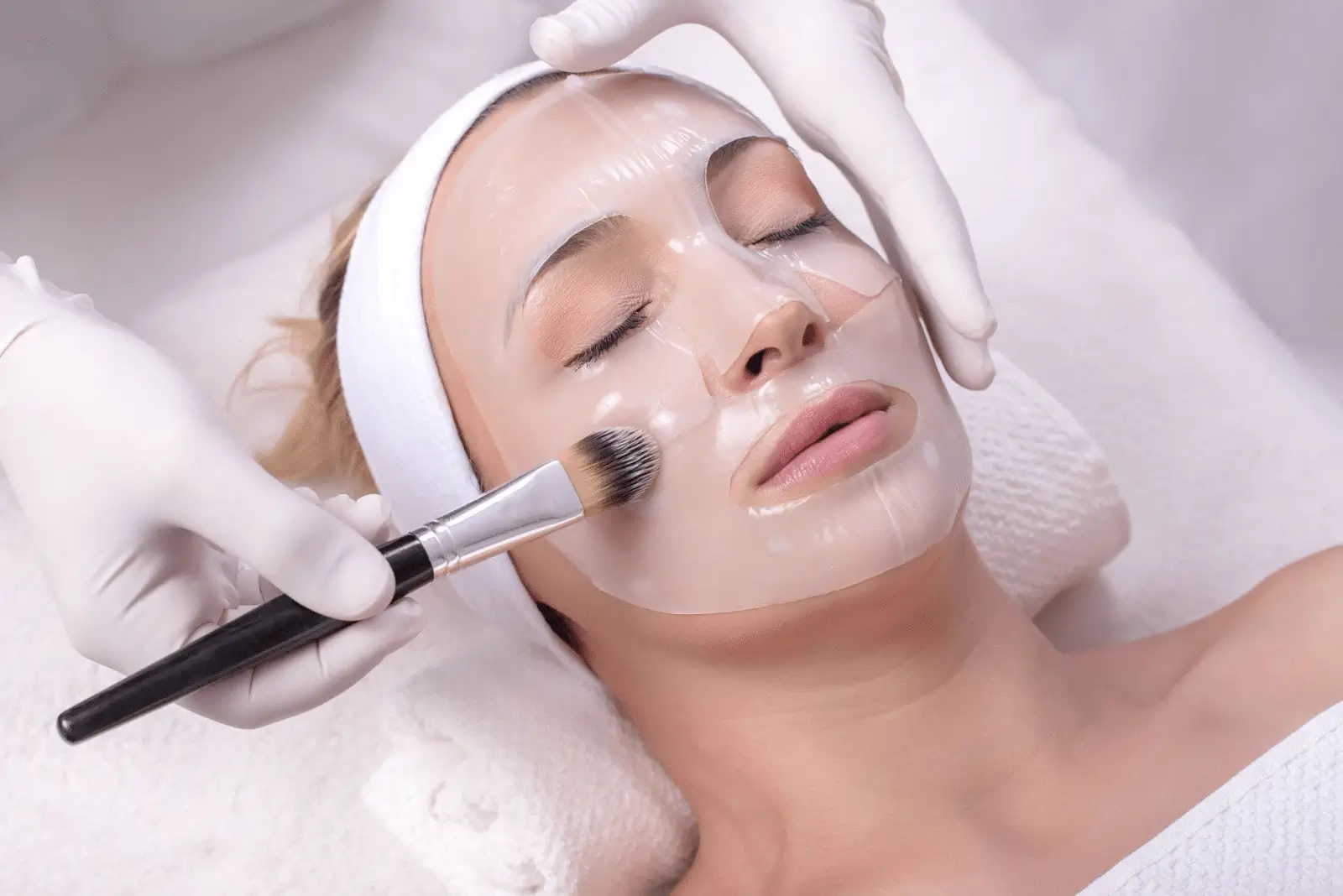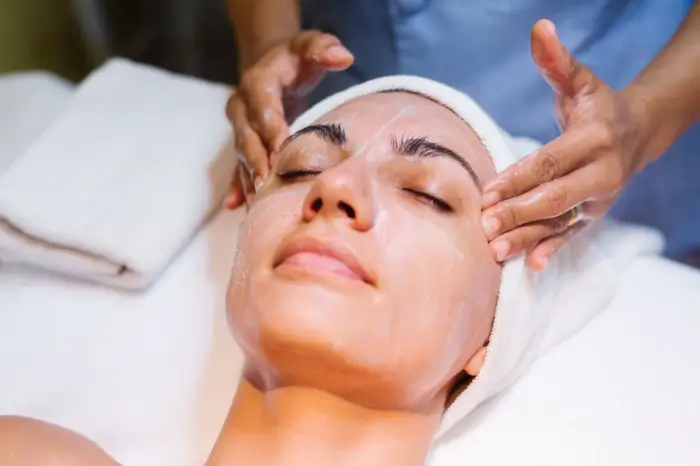
When it comes to skincare treatments, timing matters just as much as the treatment itself. Even the most advanced aesthetic procedures won’t deliver their full potential without a well-structured plan—and that’s especially true for PRX‑T33.
Known for its ability to rejuvenate the skin without visible peeling, PRX-T33 is a biorevitalizing treatment that gently stimulates collagen and enhances skin texture with little to no downtime. However, to achieve the best results, it’s not just about the product – it’s about following the correct protocol and staying on schedule.
In this article, we’ll walk through the recommended PRX‑T33 treatment plan. This includes how often sessions should be scheduled, what to expect during the process, and how both patients and providers can work together to support safe, effective, and lasting results.
Key Takeaways
- PRX-T33 is a non-invasive biorevitalization treatment that stimulates collagen without visible peeling or significant downtime.
- The protocol involves 4–6 weekly sessions as an initial series, followed by maintenance treatments every 1–3 months.
- The peel is self-neutralizing, but residual product should still be removed with damp cotton or gentle rinsing before applying moisturizer.
- PRX-T33 can be combined with microneedling, fillers, or lasers. However, timing should be personalized based on skin sensitivity.
- Ideal candidates include patients with early signs of aging, dullness, or uneven texture.
- Contraindications include pregnancy, breastfeeding, active infections, recent isotretinoin use, and certain inflammatory skin conditions.
About: Doctor Medica is your trusted supplier of top-quality dermal fillers, viscosupplements, and more for your medical practice. We offer genuine products from leading brands at the lowest prices in the market. If you’re looking to order PRX T33 online for your practice, contact Doctor Medica today.
Step-by-Step Application Technique for PRX-T33

The PRX-T33 application technique is carefully designed to deliver effective results while minimizing discomfort and downtime. Each step follows a structured process, allowing practitioners to provide consistent outcomes and a reliable experience for every patient. This approach helps ensure both safety and noticeable improvements across a wide range of skin concerns.
- Skin Preparation: Each session begins with a thorough cleansing of the skin to remove oils, makeup, and any surface residue. This essential first step allows the PRX-T33 solution to penetrate evenly and effectively. Any remaining impurities could interfere with absorption and reduce the overall effectiveness of the treatment.
- Layered Application: The solution is applied in thin layers and massaged firmly into the skin until it is fully absorbed. Depending on the patient’s skin condition and treatment goals, multiple layers may be added to enhance collagen stimulation and boost results. This personalized approach enables practitioners to adjust the intensity while minimizing irritation.
- Neutralization: Unlike traditional chemical peels, PRX-T33 is self-neutralizing and does not require a separate neutralizing agent. Any residual product is simply removed with damp cotton or a light rinse before moving to the final step. This makes the process straightforward and patient-friendly, reducing downtime while maintaining deep dermal stimulation.
- Final Care: The session ends with a soothing moisturizer to support the skin barrier and lock in hydration. This reduces post-treatment sensitivity and enhances comfort, helping the skin transition into its recovery phase more smoothly.
Treatment Scheduling: Weekly Intervals and Total Number of Sessions

The PRX-T33 protocol is built around consistency. Instead of relying on a single intense peel, it uses a progressive schedule that encourages steady collagen stimulation without overwhelming the skin.
- PRX-T33 Weekly Sessions: Most protocols recommend 4–6 initial treatments spaced one week apart. This schedule allows results to build gradually, resulting in a more natural-looking improvement in tone, elasticity, and hydration. Adhering to this timeline is crucial for maximizing outcomes.
- Assessment: After every two sessions, practitioners reassess the patient’s skin response and may adjust the number of layers or the total number of sessions to ensure optimal results. This ongoing evaluation ensures that treatment plans are customized to the patient’s needs and remain safe over time.
- Maintenance: Once the initial series is complete, maintenance sessions are generally scheduled every 1–3 months. These “booster” treatments help preserve collagen stimulation and counteract external factors such as UV exposure, aging, and lifestyle habits.
For patients wondering how many PRX-T33 treatments they might need, the answer varies. Younger patients or those with mild skin concerns may see improvement with fewer sessions, while mature skin or more significant concerns like scarring or pigmentation often require extended protocols. A tailored plan ensures results are both safe and long-lasting.
Combining PRX-T33 with Other Aesthetic Procedures
One of the reasons PRX-T33 is so popular is its ability to complement other aesthetic procedures. Its non-invasive, minimal-downtime nature makes it easy to integrate into broader treatment plans when timed correctly.
For example, microneedling can improve the penetration of PRX-T33 and enhance collagen stimulation. However, timing should be individualized, as some protocols recommend alternating sessions or spacing them apart to reduce sensitivity. Practitioners may also pair fillers and neuromodulators with PRX-T33 to maintain volume and smoothness while enhancing the glow and firmness achieved from the peel.
Lasers that target pigmentation or texture can be alternated with PRX-T33 to further refine tone without overlapping side effects. Meanwhile, daily skincare routines that primarily focus on hydration and SPF can help extend in-clinic results and maintain the skin’s resilience.
When carefully planned and combined, PRX-T33 and other treatments create a synergy that addresses both surface and deeper aging concerns for more balanced, natural-looking outcomes.
Patient Selection, Contraindications, and Safety Measures for PRX-T33
The success of any PRX-T33 protocol depends heavily on selecting the right patients and maintaining strict safety measures. Practitioners must evaluate each case individually to ensure the treatment is appropriate and effective.
- Ideal Patients: Those with mild laxity, dullness, early fine lines, or uneven texture who want visible rejuvenation without the downtime of traditional peels.
- Contraindications: Active skin infections, open wounds, severe dermatitis, pregnancy, breastfeeding, known hypersensitivity to ingredients, recent isotretinoin use, rosacea, atopic dermatitis, or recently tanned skin may increase the risk of complications.
- Safety Measures: Practitioners should wear gloves, avoid mucous membranes, and only apply PRX-T33 to healthy, intact skin. Continuous monitoring during the procedure allows for quick adjustments based on sensitivity and tolerance.
By following these precautions, clinicians ensure PRX-T33 treatments remain safe and effective. Adhering to contraindications and monitoring protocols safeguards patients while building trust in the treatment process.
Conclusion
The PRX-T33 peel protocol offers a modern, science-backed approach to skin rejuvenation with minimal downtime. Its structured application technique, clear treatment schedule, and compatibility with other aesthetic procedures make it a standout choice in today’s aesthetic practice.
With proper patient selection, ongoing maintenance, and careful adherence to manufacturer protocols, PRX-T33 delivers consistent, safe, and natural-looking results for healthier skin over the long term.
FAQs
1. How many PRX-T33 sessions does a patient usually get?
Most patients need 4–6 weekly sessions initially, followed by maintenance every 1–3 months.
2. Can a doctor combine PRX-T33 treatment with microneedling or fillers?
Yes, they typically combine it with microneedling, fillers, or toxins for enhanced rejuvenation.
3. What are the main contraindications for PRX-T33?
Contraindications include pregnancy, active skin infections, severe dermatitis, and ingredient allergies.
4. Does PRX-T33 cause visible peeling like traditional peels?
No, it is a “no-peel peel,” stimulating the dermis without surface exfoliation.
References
Khunger N; IADVL Task Force. Standard guidelines of care for chemical peels. Indian J Dermatol Venereol Leprol. 2008;74 Suppl:S5-S12.
Perić S, Bubanj M, Bubanj S, Jančić S. Side effects assessment in glycolic acid peelings in patients with acne type I. Bosn J Basic Med Sci. 2011;11(1):52-57. doi:10.17305/bjbms.2011.2624
Related Articles
Joanna Carr
Remicade for Ulcerative Colitis: A Systematic Review
Learn how Remicade for ulcerative colitis works, its dosing, safety, and effectiveness in managing moderate-to-severe UC in adults and children.
Joanna Carr
Restylane For Lips Augmentation: Treatment Overview
Have an interest in learning about Restylane For Lips Augmentation Treatment, An Overview? Browse Doctor Medica's extensive archive of blog postings.
Joanna Carr
Stay Aligned with OSHA Regulations for Medical Offices
Understand OSHA regulations for medical offices. Ensure a safe workplace, avoid hefty fines, and prioritize worker well-being with this comprehensive ...


